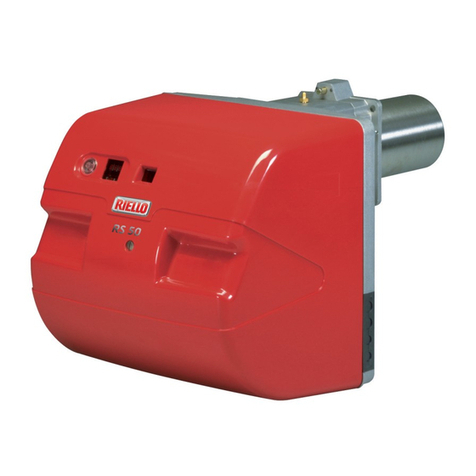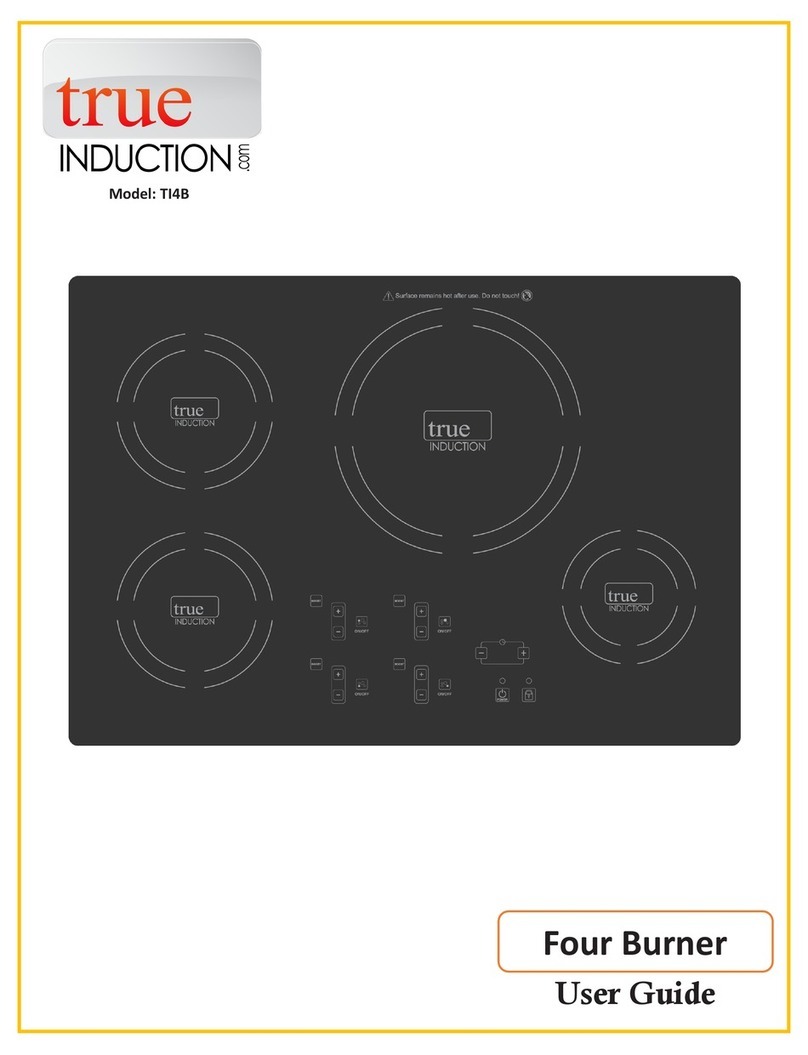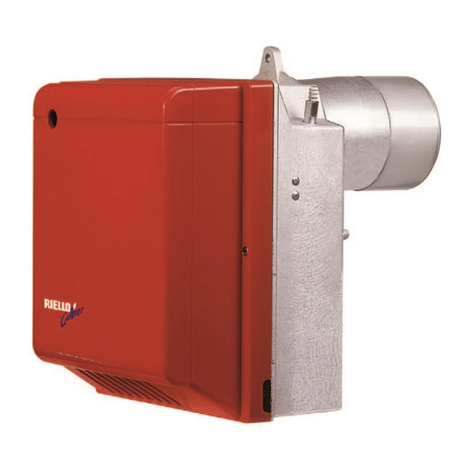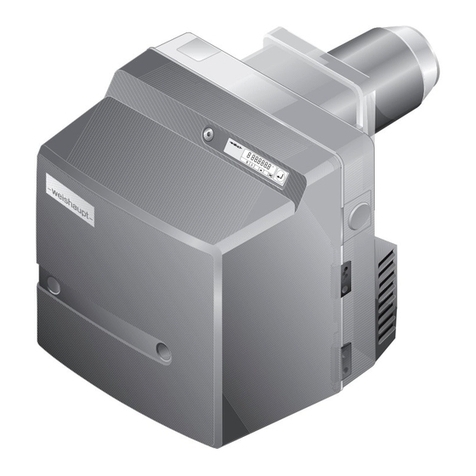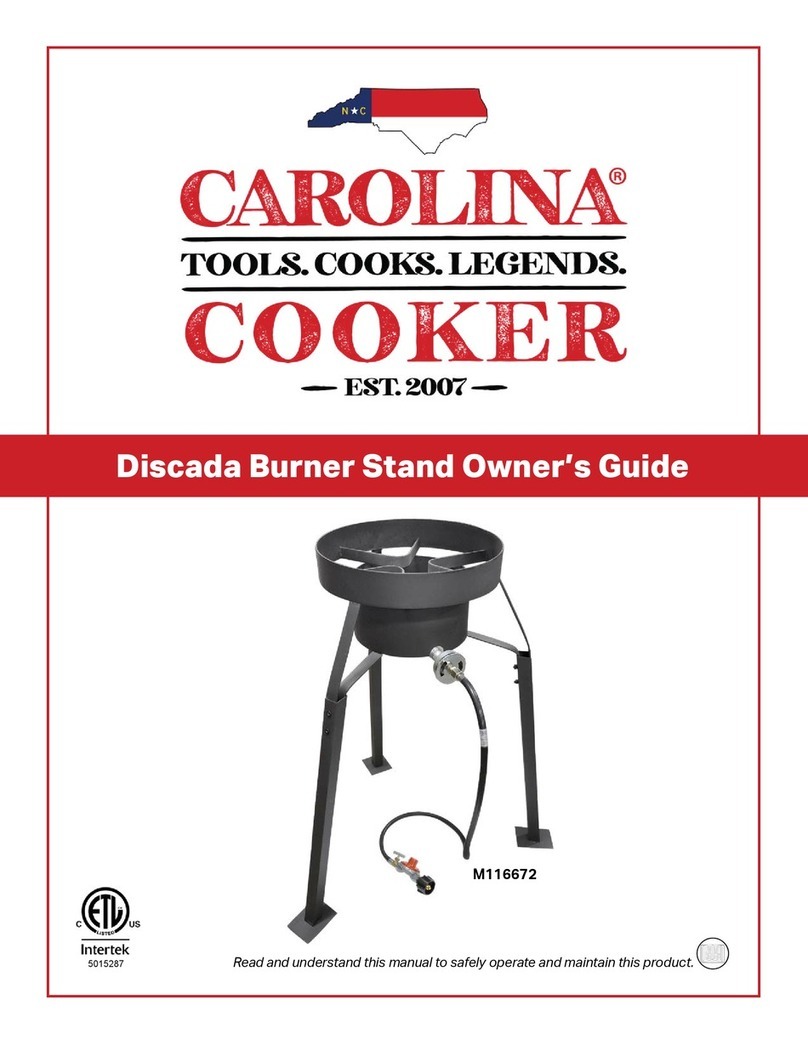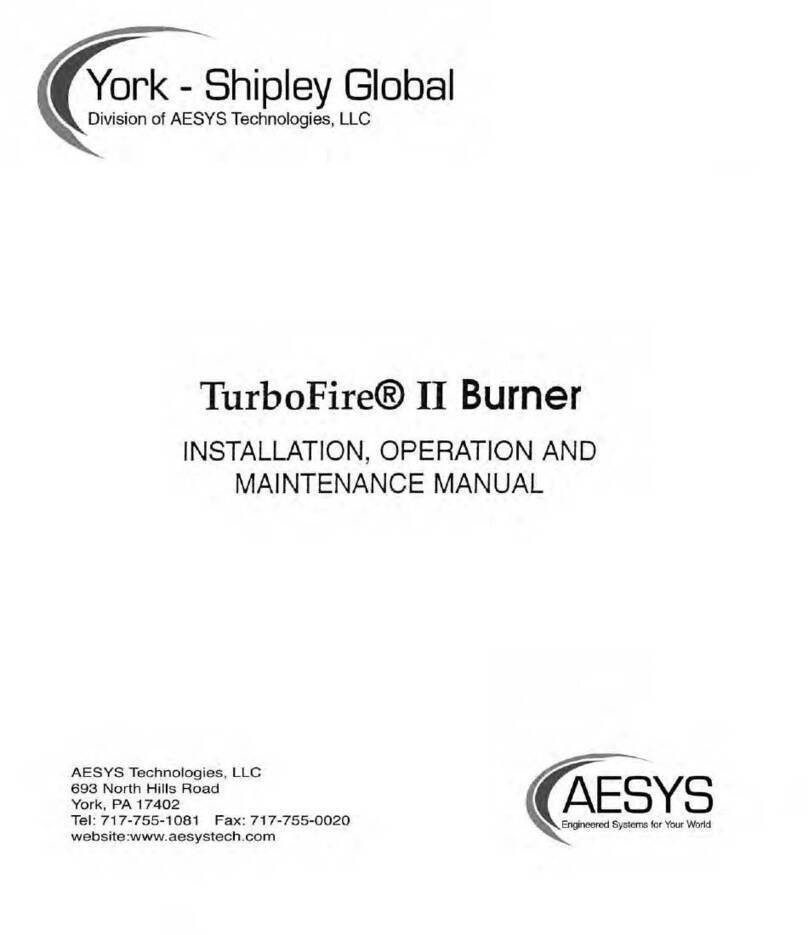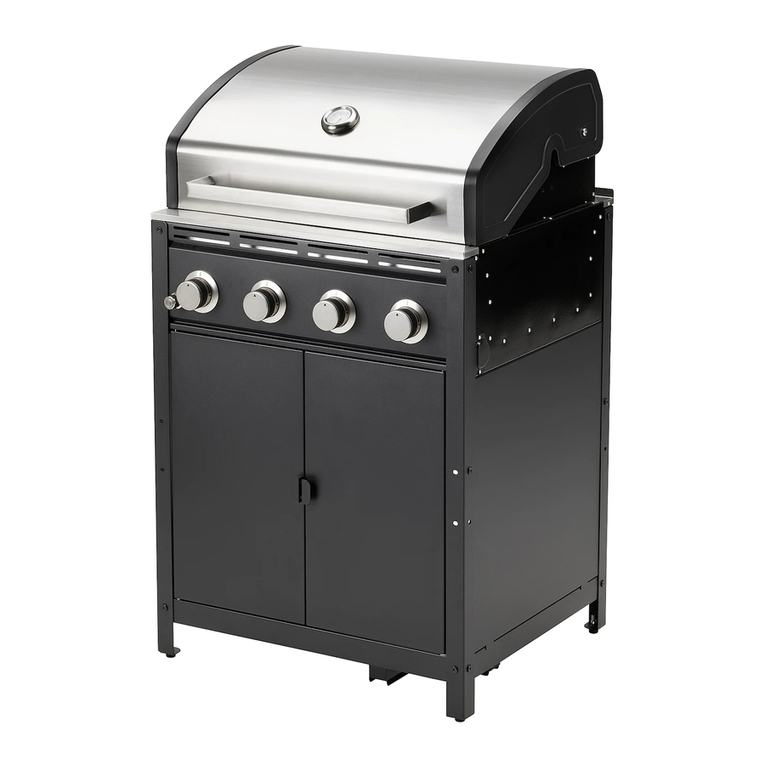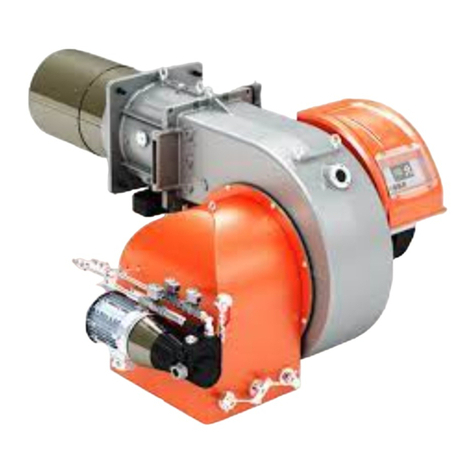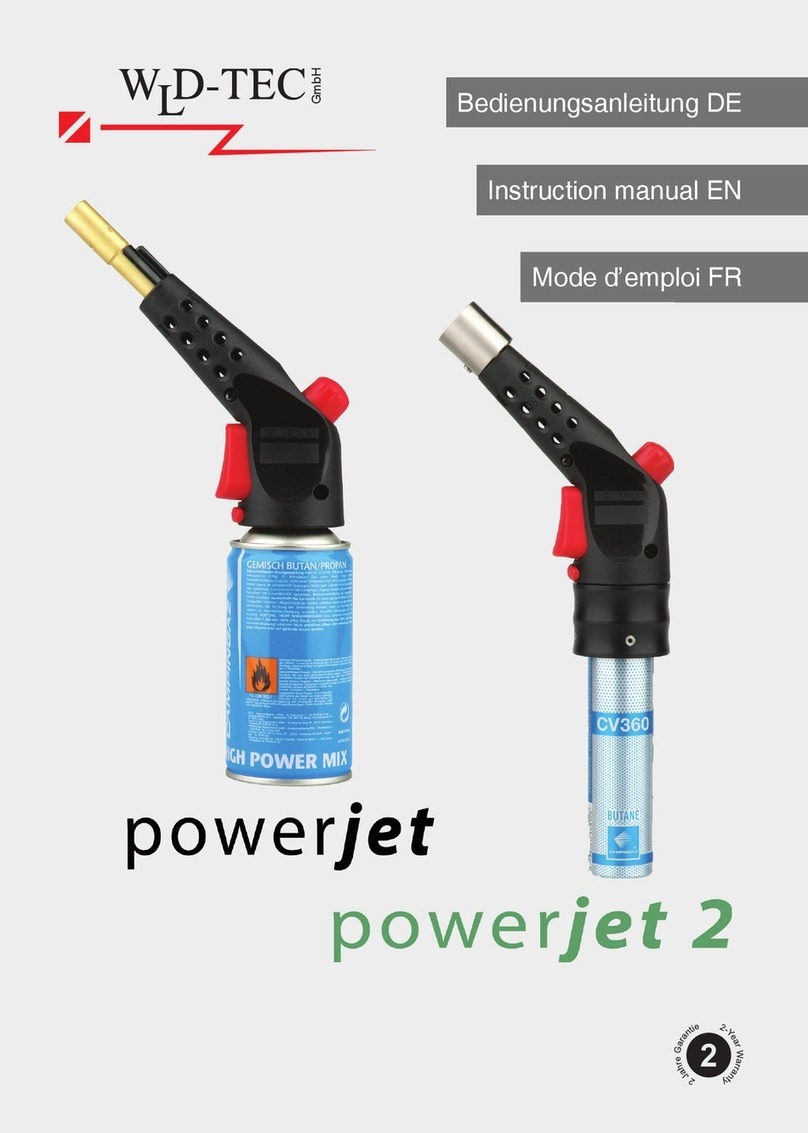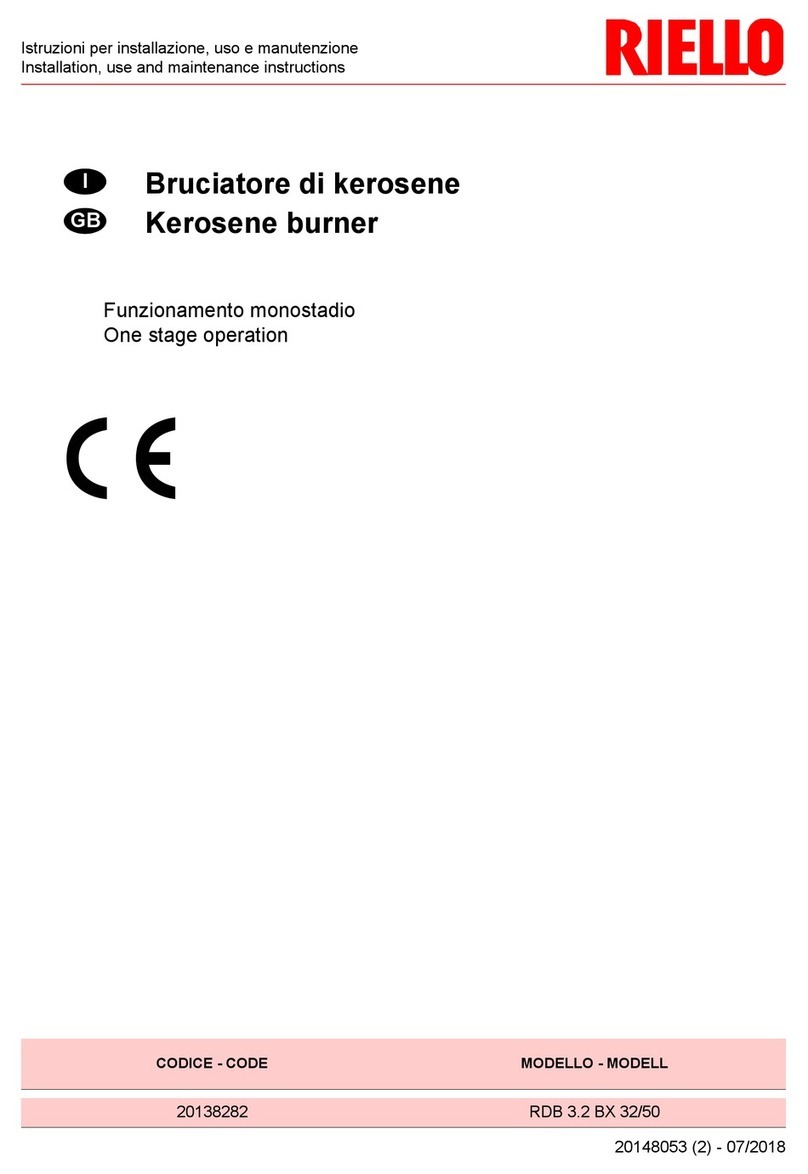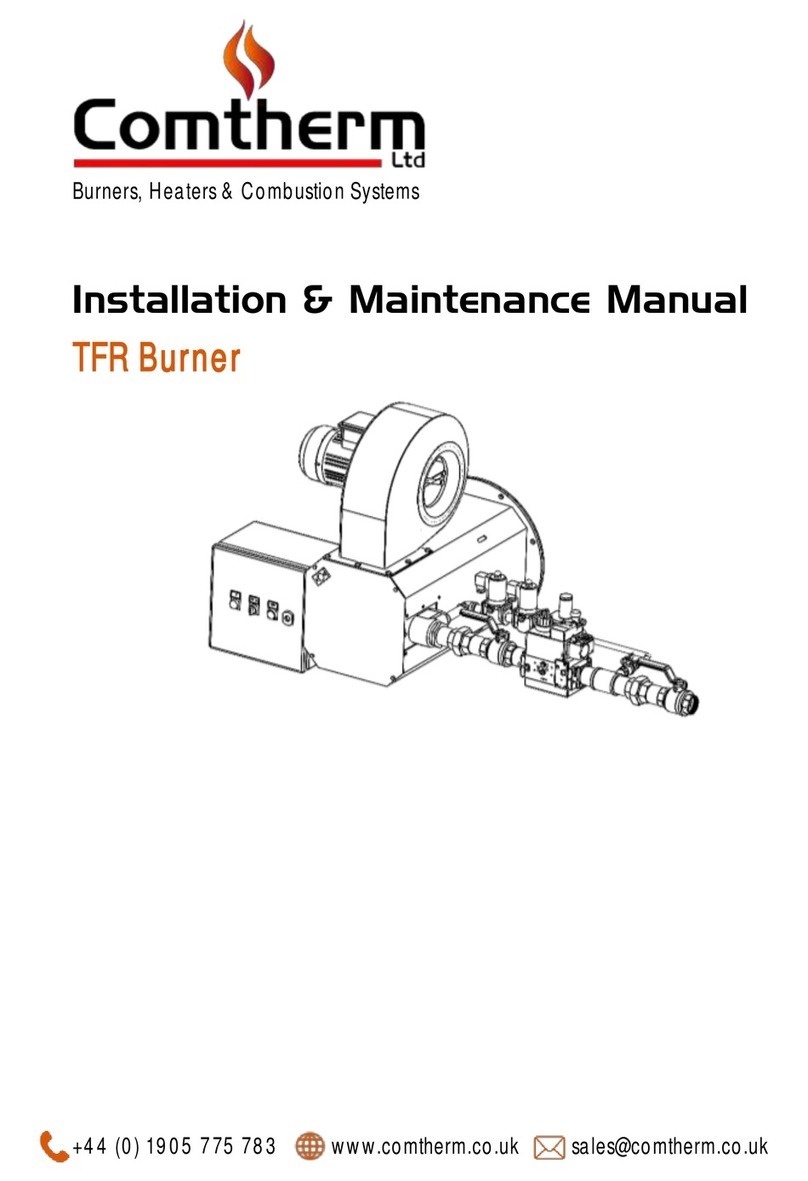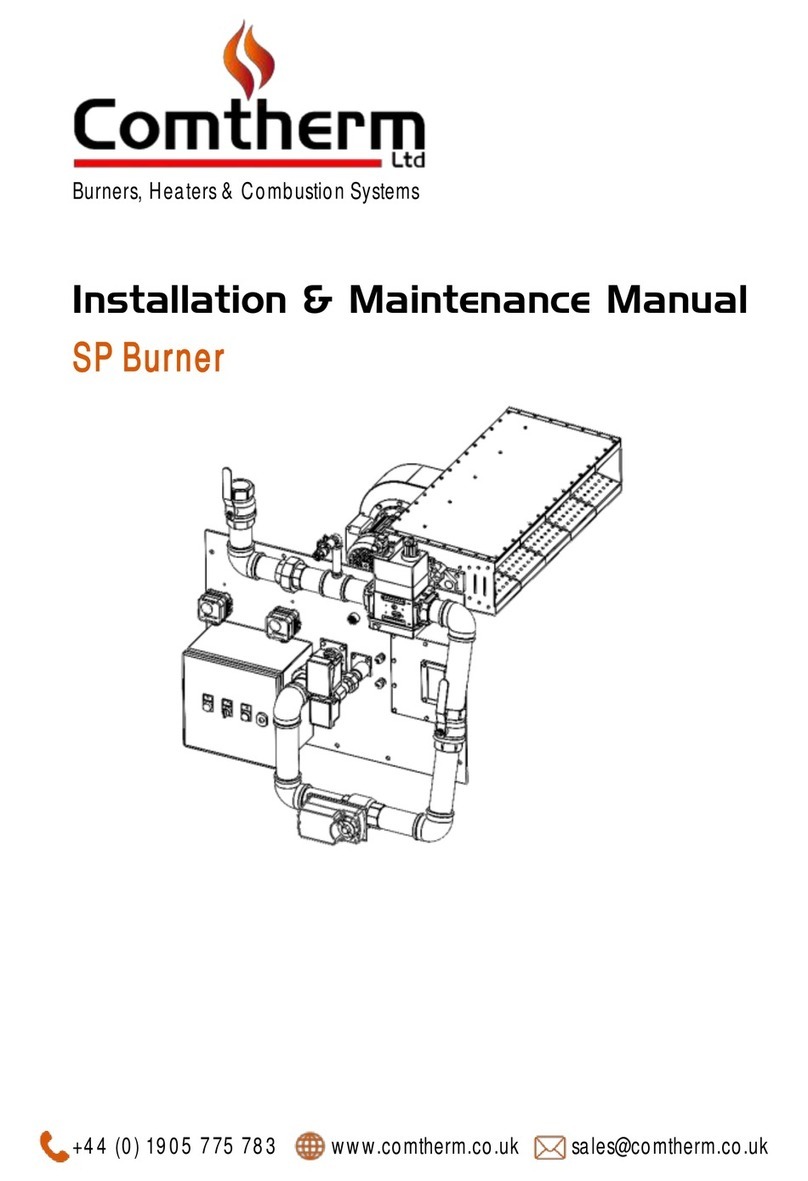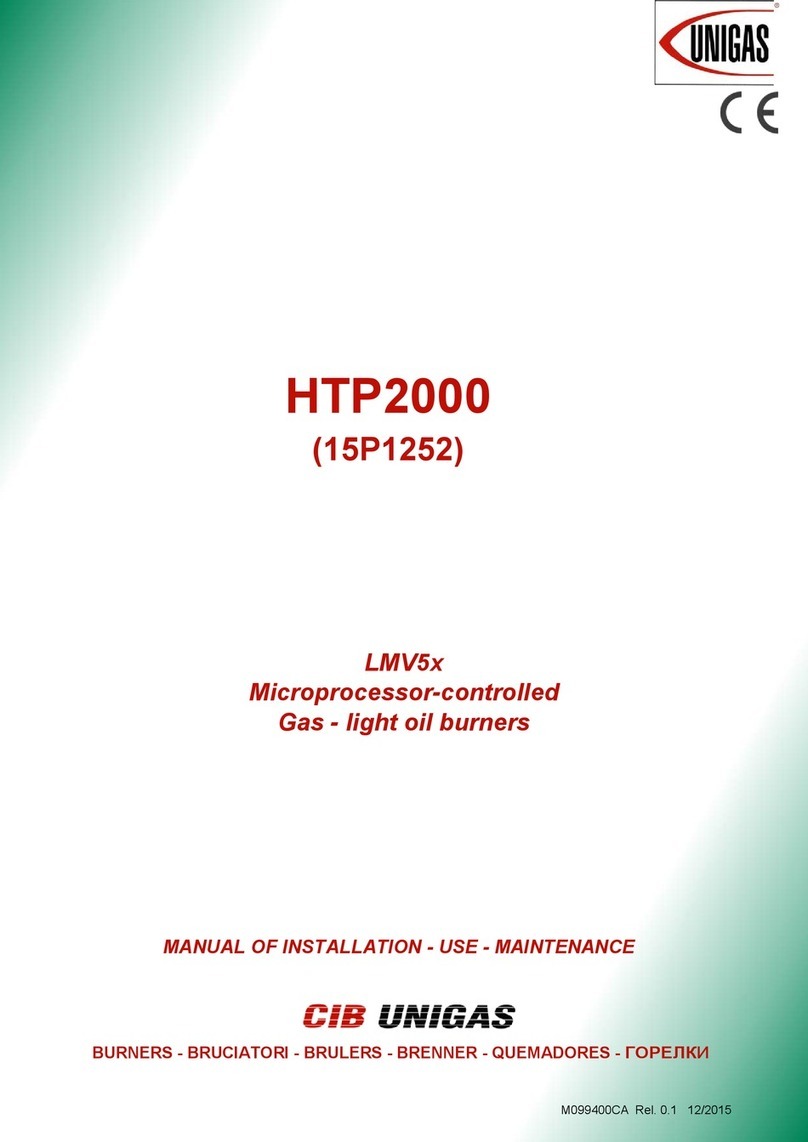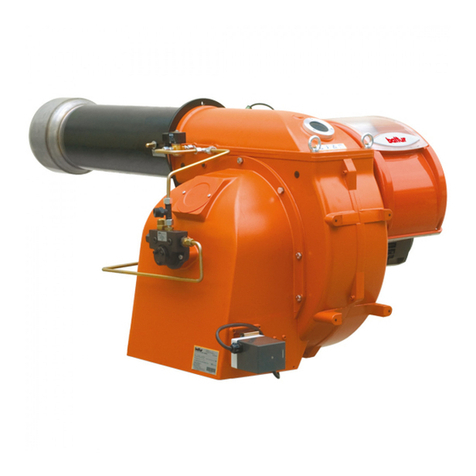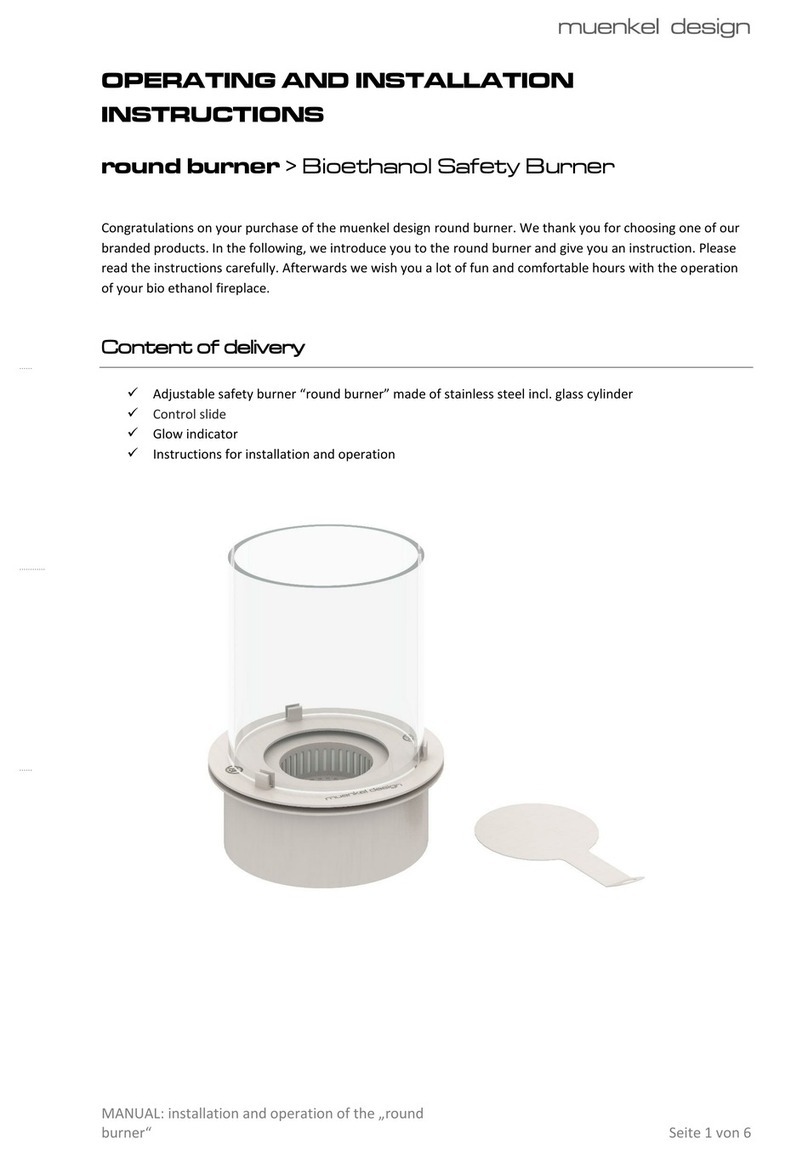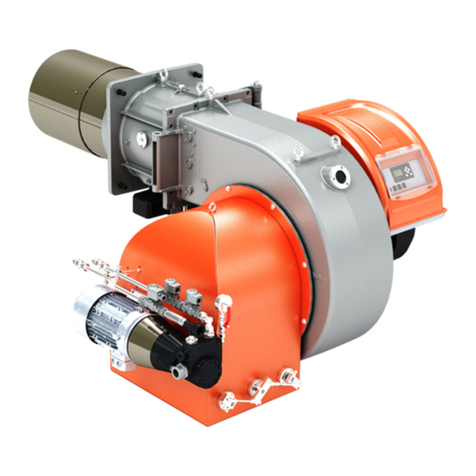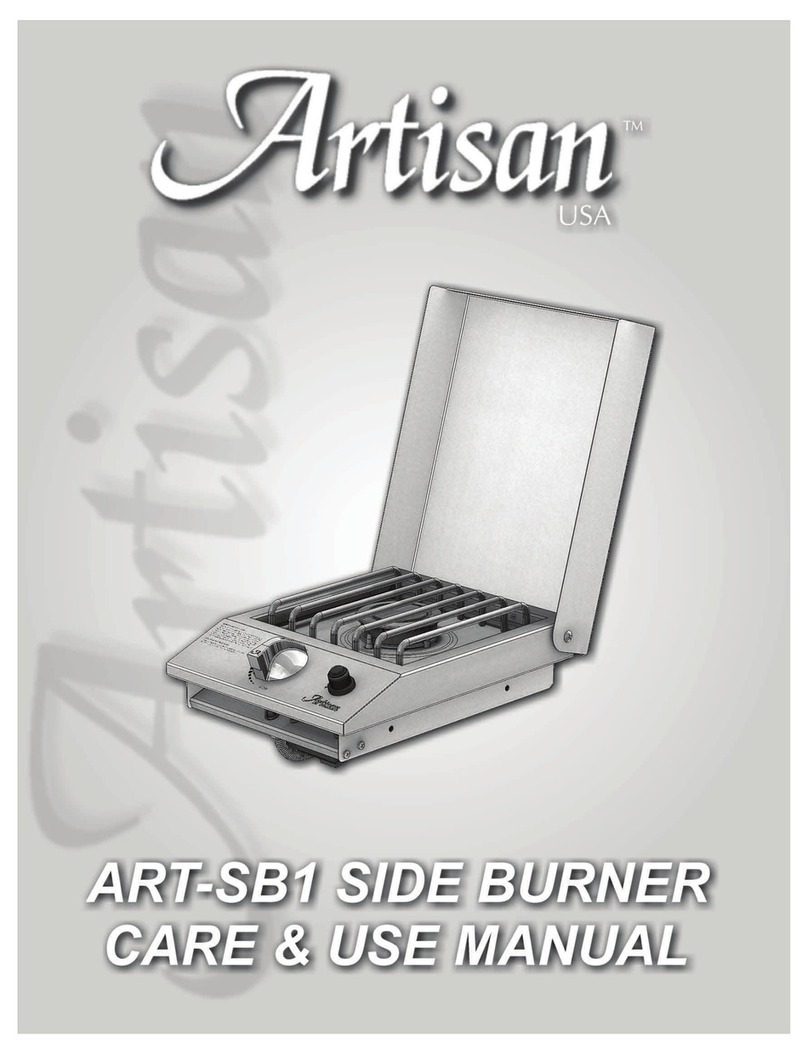
The 'PP' series of gas burners are pre-packaged fan assisted units designed to suit virtually all
types of low temperature gas fired application; typical applications include the firing of box
ovens, industrial dryers and air heaters.
The PP burners utilise the well proven Comtherm PH and PHC burner head and combustion
system.
The burner system produces a wide flame spread and therefore relatively short flame; this
feature makes the burner ideal for applications were chamber length is restricted.
The 'PP' burners have been designed with ease of maintenance and installation a top priority,
all parts of the burner including the gas manifold and combustion head can be removed
without unbolting the burner off the mounting flange. For ease of maintenance and service the
spark plug and flame sensor are externally mounted.
A heat resistant peep-sight is fitted in the casing of all burners allowing visual inspection of the
flame during operation.
The nozzle mix design of the burner and the progressive air mixing feature of the combustion
head ensure that burners can operate with high turn down capability; turndown ratios up to
40:1 are possible depending on burner applications and selection.
TWO HEAT INPUT RATES
The PP burner is manufactured in two basic gas manifold and air plate designs making
possible a burner range with heat input concentrations of 290kW and 580kW per 300mm
length of burner gas manifold.
The flame length produced by the PP burner is obviously shorter than that produced by
conventional burners and does depend on burner setting, combustion chamber conditions
and application.
Nominal flame lengths that can be achieved for heat inputs of 290kW and 580kW per
300mm length of burner gas manifold are 700mm and 1000mm respectively.
All valve assemblies on the burners are sized to suit an inlet gas pressure of 17.5 mbar
(natural gas) or 30mbar (LP gases) unless otherwise specified. Burners can be supplied to suit
other gas types and supply pressures.
Combustion air Pressure Drop across burner air wings;
PP –200 Pascals
The nozzle mix design of the burner and the progressive air mixing feature of the combustion
head ensure that burners can operate with high turn down capability; turndown ratios up to
40:1 are possible depending on burner applications and selection.
The PP burner range is designed to always operate with approximately 30% excess
combustion air.
For high -low and modulating gas only burners
General Specification
Comtherm Ltd
Installation & Maintenance Manual
Page 01
Burners, Heaters & Combustions Systems

